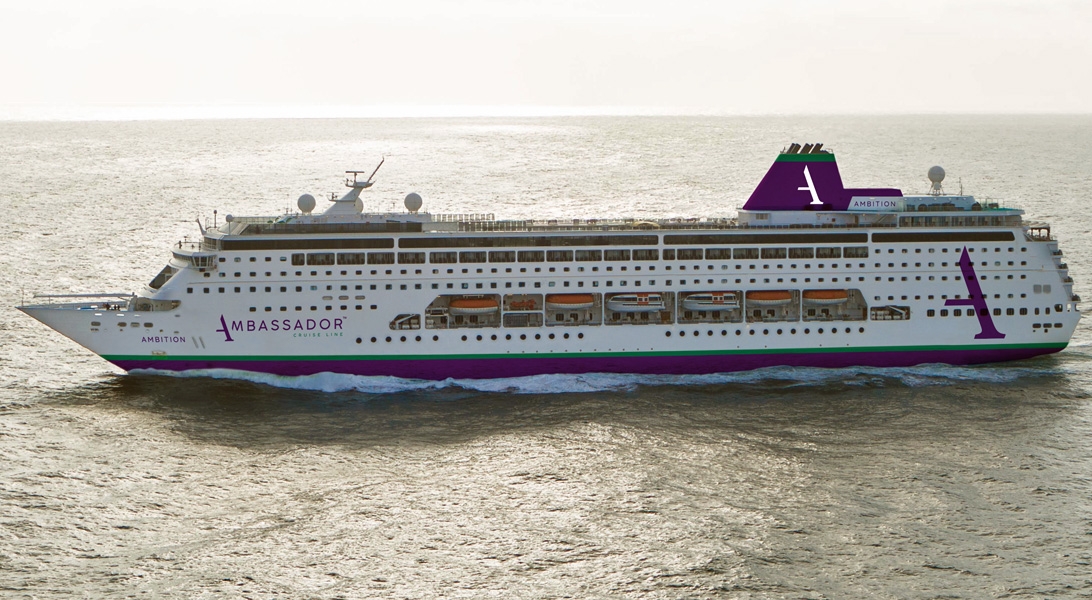This site uses cookies as defined in our Cookie Policy, by continuing to use this site you agree to their use.
Continue
You’ll be pleased to know that our cruise ships’ eco-credentials are IMO Tier III compliant meaning we can sail to the heart of this UNESCO-listed part of the world, unlike many other cruise lines.
Cruise through majestic fjords, visit picturesque villages like Eidfjord and Haugesund, and take in the breathtaking natural beauty that is illuminated by the endless summer daylight. Enjoy outdoor activities such as hiking, boating, and wildlife spotting in this stunning landscape.
Stavanger
Explore the charms of Stavanger, Norway. Wander through its cobbled streets, admire the iconic Stavanger Cathedral, and delve into maritime history at the Norwegian Petroleum Museum. With breathtaking fjords, vibrant culinary offerings, and cultural festivals, Stavanger is a haven for travellers of all kinds.
Eidfjord
Nestled amidst Norway's dramatic fjords and verdant landscapes, Eidfjord is a place of sublime beauty. Explore the rugged footpaths of nearby Hardangervidda National Park or sit back and take in the wondrous vistas from a quayside cafe.
Haugesund
Haugesund, Norway, reveals a coastal cityscape entwined with Viking history and contemporary allure. Take part in vibrant festivals held year-round, visit scenic viewpoints and historic sites, and enjoy yourself amidst this bustling Norwegian destination along the North Sea.
| Arrive | Depart | |||||
| 15th15 | JunJun | 202626 | Liverpool, England, embark on the Ambition | 17:00 | ||
| 16th16 | JunJun | 202626 | At Sea | |||
| 17th17 | JunJun | 202626 | Lerwick, Shetland Islands, Scotland | 09:00 | 17:00 | |
| 18th18 | JunJun | 202626 | Bergen, Norway | 09:00 | 18:00 | |
| 19th19 | JunJun | 202626 | Stavanger, Norway | 08:00 | 18:00 | |
| 20th20 | JunJun | 202626 | Eidfjord, Norway | 07:00 | 21:00 | |
| 21st21 | JunJun | 202626 | Haugesund, Norway | 08:00 | 18:00 | |
| 22nd22 | JunJun | 202626 | At Sea | |||
| 23rd23 | JunJun | 202626 | At Sea | |||
| 24th24 | JunJun | 202626 | Belfast, Northern Ireland | 08:00 | 17:00 | |
| 25th25 | JunJun | 202626 | Liverpool, England, disembark the Ambition | 08:00 |
